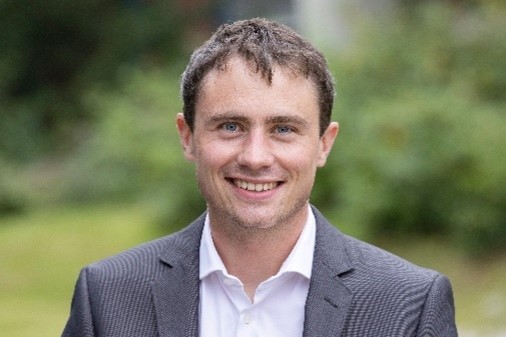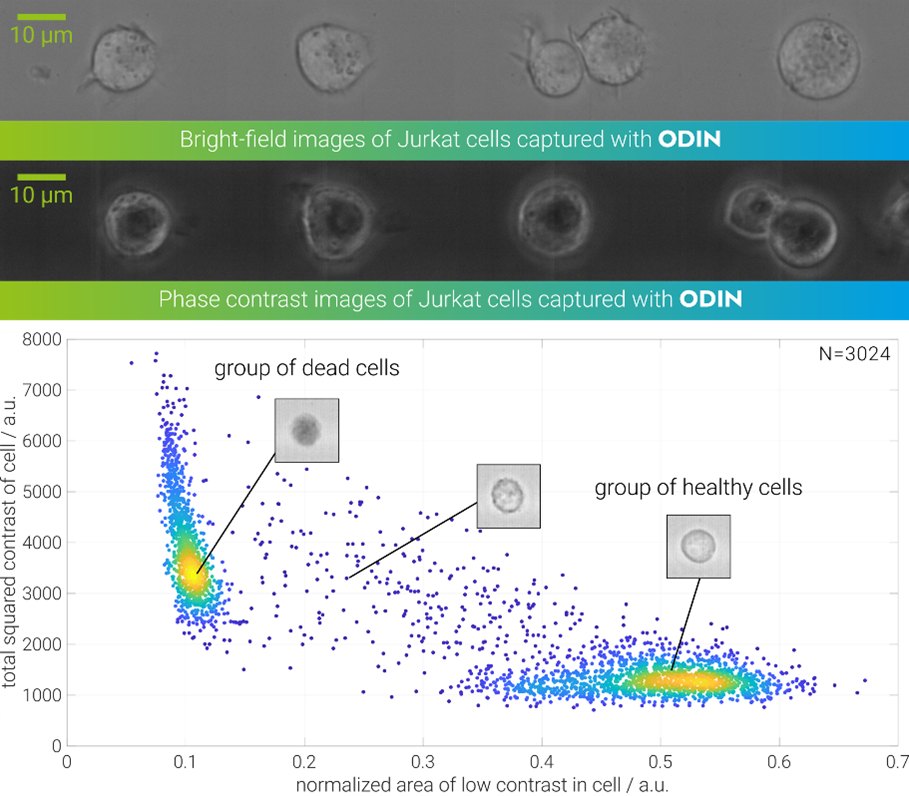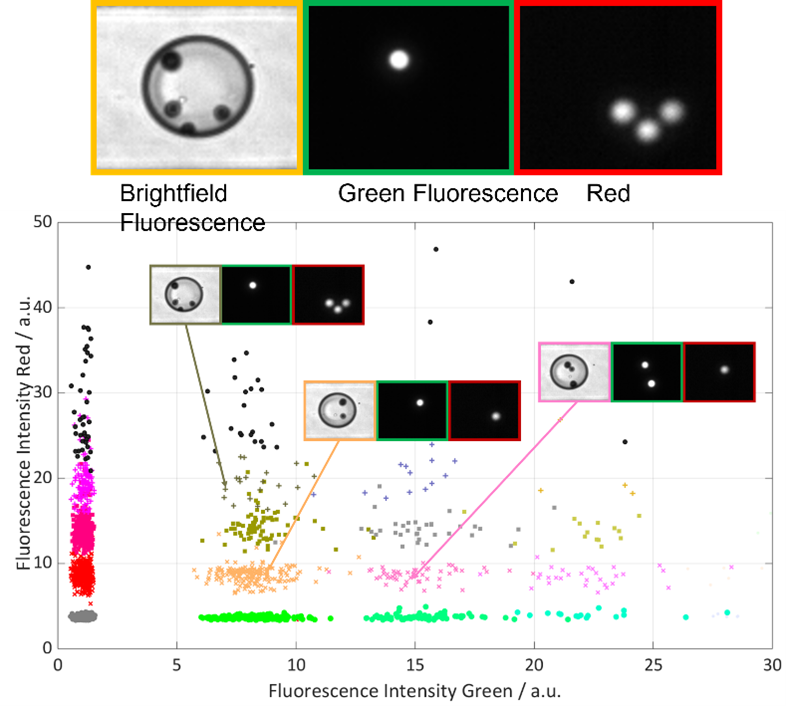Interview with Tobias Neckernuss about flow cytometry and the advantages of multi wavelength laser combiner


Dr. Tobias Neckernuss
Managing Director
Sentifi Group AG

What is the main focus of your research at Sensific?
At Sensific we develop high-speed, machine vision systems for real-time object tracking and identification as well as modules to control imaging experiments. Our ODIN system offers state-of-the-art imaging combined with powerful and easy-to-use analysis and control software. Most of our customers are based in microscopy science and are using our products to monitor, analyze and control their microfluidic setups. We support them with the development of new techniques, assays and methods related to our products. Additionally, we have a strong research collaboration with the Institute for Experimental Physics at Ulm University.
Can you give an example of the experiments in your research labs?
Encapsulation of different species of cells in small compartments and investigation of their interactions is a crucial task in immunology and oncology. Therefore, a microfluidic system is designed to encapsulate a defined number of cells from each species together in a water-in-oil droplet of approximately 100 µm in diameter. Due to the small volume, the interaction probability of the cells is very high. These droplets are then incubated and the interactions of the different cells in the small compartments can be investigated. This way, the experiment is sensitive on a single cell level and more information can be gathered compared to bulk experiments.

Measurement of Jukat cells in low with different contrast methods. Determination of cell-state with trypan blue and ODIN specific parameters.
What are the critical points in these kinds of experiments and how does the OXXIUS Multi Wavelength Laser Combiner help?
The encapsulation process is statistic and not all droplets contain the desired combination of cells. In a first step our system analyzes the number of different cells and triggers a sorting device to sort out undesired events, i.e empty droplets or unwanted occupation numbers. This step is normally done in brightfield but when the interaction of the cells or changes in biochemistry should be analyzed a fluorescence analysis of the droplets is inevitable. In order to achieve a high throughput (> 1000 events/s) we strongly rely on a high-power, single mode laser that can be controlled with our ODIN system via digital or analog input. This way, we can use short illumination times while still having enough intensity for brilliant image quality. The module also enables us to image one droplet under different illumination settings. For example, an image under brightfield illumination is followed by one of blue, then green and then red fluorescence. By combining the information of all channels, we can gain a deeper understanding of the processes and states inside of the droplet. Using this information, a downstream sorting device can sort out all events of a special kind, for examples all droplets where one immune cell killed all the target cells in order to investigate these cells further by other means.

Measurement of brightfield, red and green fluorescent signals of objects encapsulated in microfluidic droplets with fluorescence activation by the OXXIUS Multi Wavelength Laser Combiner and classification by the ODIN system.
Why did you choose Laser 2000 as a partner?
Together with Laser 2000 we were able to tailor the OXXIUS Laser Combiner according to our requirements regarding laser wavelength and power. Additionally, we are able to purchase further lasers if we face specific requests from our customers and implement them in the box. The system fits perfectly for our needs since it can be triggered, gated, and modulated with the outputs of our ODIN instrument. Due to the compact and robust housing together with the fiber-coupling it allows us to bring this instrument to customers or tradeshows for demonstrations and it´s easy to couple the laser into different microscopes.
Did you face unexpected curveballs when implementing our product? If so, how did our team help you surmount those challenges?
During the purchase process we got quick and helpful answers to our questions regarding beam quality and possibilities for modulation. The Laser arrived already adjusted and tested so that the installation together with the technical staff from Laser 2000 was done in less than one hour. In the afternoon we were already able to do first experiments. Laser 2000 also helped us to identify an optimized dichroic beam splitter for the used wavelengths and fluorophores.
Thank you very much for your feedback and the constructive collaboration, Tobias!
